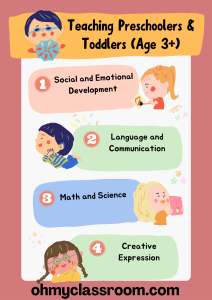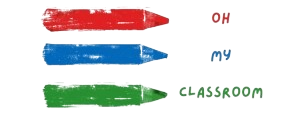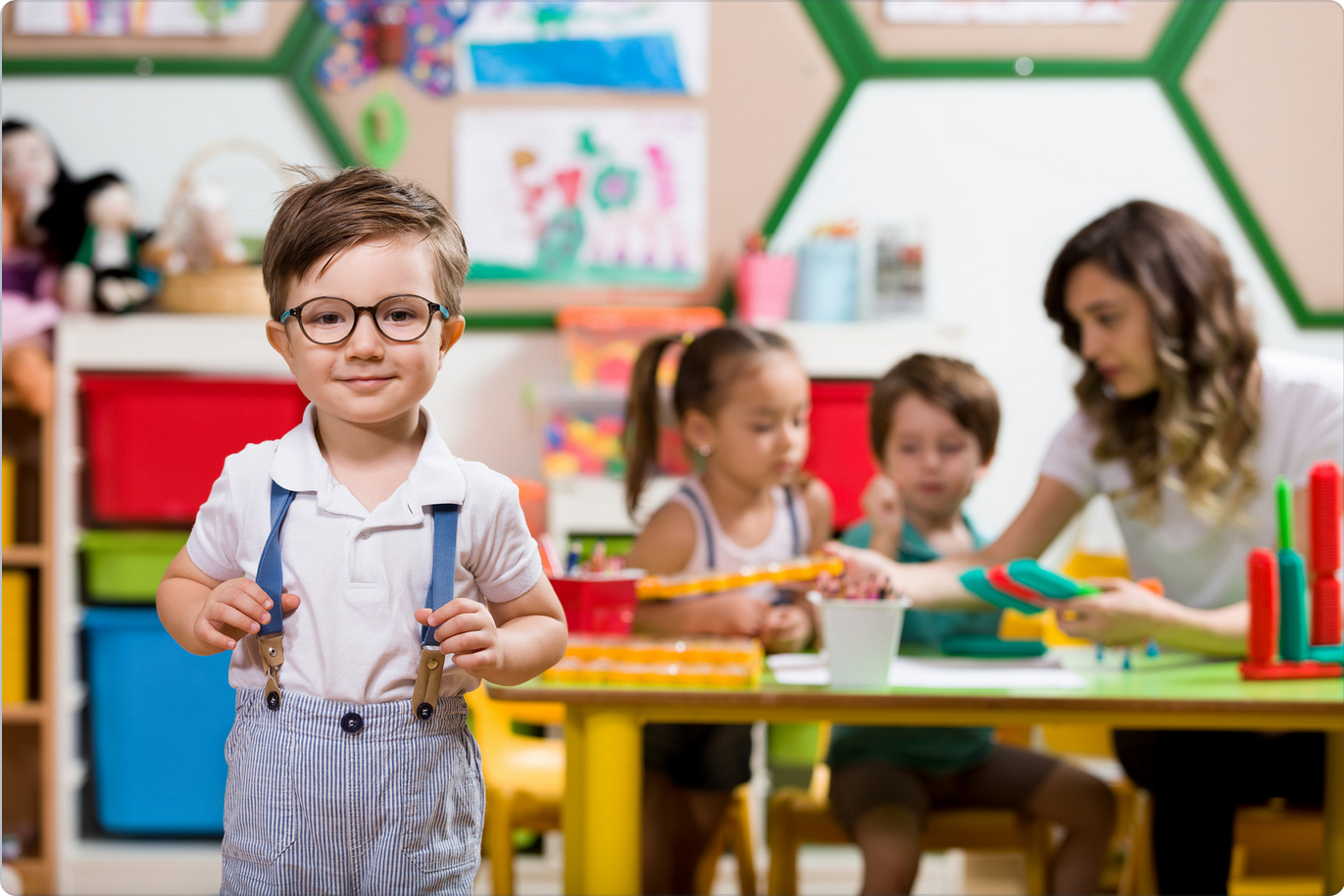Preschool is an important milestone for children, as it marks their introduction to formal education.
At the age of four, children are at a crucial stage in their development, where they are learning rapidly and soaking up new information like sponges.
As a parent or educator, it’s important to know what to teach a 3 year old in preschool, in order to set them up for success in their educational journey.
Now, we will explore some of the key areas of focus for preschool education, and provide some tips on how to teach these skills effectively.

Related: What Should a 4 Year Old Know Educationally
Related: What is a 3k School?
Related: Is Preschool Necessary for a 3-year-old?
What to Teach 3 & 4 Year Old Preschoolers & Toddlers
Social and Emotional Development
At the age of four, children are developing their social and emotional skills, which will be crucial for their success both in and out of the classroom.
Preschool is an excellent opportunity for children to practice these skills in a safe and supportive environment.
Some of the key areas of focus for social and emotional development include:
- Learning to share and take turns
- Developing empathy and understanding of others’ feelings
- Building positive relationships with peers and adults
- Recognizing and regulating their own emotions
One way to teach social and emotional skills is through role-playing and imaginative play. For example, you could set up a pretend tea party or grocery store, where children can take turns serving each other and practicing their social skills.
Related: Social and Emotional Activities for Preschoolers
Language and Communication
Language and communication skills are essential for a child’s future success in school and in life. At the age of four, children are developing their vocabulary and beginning to understand the rules of grammar and sentence structure.
Some of the key areas of focus for language and communication skills include:
- Building vocabulary through exposure to new words and concepts
- Learning the sounds of the letters and how to blend them to form words
- Practicing conversational skills, such as taking turns and listening to others
- Developing comprehension skills, such as following directions and answering questions
One way to teach language and communication skills is through storytelling and reading aloud. You could read stories to the children and encourage them to ask questions and retell the story in their own words.
You could also incorporate letter and word recognition activities into daily routines, such as pointing out letters on signs or in books.
Related: 50 Free Writing Prompts for Kindergarten
Related: How to Promote Cognitive Development in Preschoolers
Math and Science
Math and science skills are also important for a child’s future success in school and in life.
At the age of four, children are beginning to understand basic mathematical concepts, such as counting and sorting, and are developing an interest in science and the natural world.
Some of the key areas of focus for math and science skills include:
- Learning to count and recognize numbers
- Sorting objects by size, shape, and color
- Understanding basic concepts of measurement, such as length, weight, and volume
- Developing an understanding of the natural world, such as plants and animals
One way to teach math and science skills is through hands-on activities and experiments. For example, you could set up a science center with magnifying glasses, binoculars, and other tools to help children explore the natural world.
You could also incorporate counting and sorting activities into daily routines, such as counting out snacks or sorting laundry by color.
Creative Expression
Creative expression and artistic skills are also important for a child’s development, as they provide an outlet for self-expression and allow children to explore their creativity.
At the age of four, children are beginning to develop their fine motor skills, which will be important for writing and drawing later on.
Some of the key areas of focus for creative expression and artistic skills include:
- Developing fine motor skills through drawing, painting, and other art activities
- Learning to express themselves through music, movement, and dance
- Exploring different textures, colors, and materials in their art
- Using their imaginations to create their own stories and artwork
One way to teach creative expression and artistic skills is through art projects and music and movement activities.
For example, you could set up an art center with various materials, such as paint, markers, and crayons, and encourage children to create their own artwork.
You could also incorporate music and movement activities into daily routines, such as dancing to a song during circle time.
Self-Help Concept
Self-help skills are important for a child’s independence and ability to take care of themselves.
At the age of four, children are beginning to develop their self-help skills, such as dressing themselves and using the bathroom independently.
Some of the key areas of focus for self-help skills include:
- Learning to dress themselves, including putting on and taking off shoes, socks, and clothing
- Developing hygiene habits, such as washing their hands and brushing their teeth
- Learning to use the bathroom independently
- Developing basic cooking and food preparation skills
One way to teach self-help skills is through modeling and guided practice. For example, you could model the steps for washing hands and then guide children through the process until they can do it independently.
You could also involve children in simple cooking activities, such as making a snack, and teach them basic safety and food preparation skills.
Related: Self Concept Preschool Activities
Conclusion
In conclusion, preschool is a crucial time for a child’s development, and it’s important to know what to teach a 4-year-old in preschool in order to set them up for success in their educational journey.
Through play, hands-on activities, and guided practice, children can develop these skills in a fun and engaging way, setting them up for a lifetime of learning and growth.
References
Early, D. M., Pianta, R. C., Taylor, L. C., & Cox, M. J. (2001). Transition practices: A review of the literature. Early Childhood Research Quarterly, 16(4), 427-448.
This study reviewed the literature on transition practices in preschool, including what to teach children and how to support them during the transition to kindergarten. The researchers found that children benefit from learning academic and social skills in preschool, and that effective transition practices involve collaboration between preschool and kindergarten teachers.
McWayne, C. M., Hampton, V., Fantuzzo, J. W., Cohen, H. L., & Sekino, Y. (2004). A multivariate examination of parent involvement and the social and academic competencies of urban kindergarten children. Psychology in the Schools, 41(3), 363-377.
This study looked at the relationship between parent involvement and the social and academic competencies of kindergarten children. The researchers found that parent involvement in preschool programs was associated with better outcomes for children, including improved academic and social skills.


